As businesses increasingly adopt cloud-native and distributed systems, the demand for observability tools has surged. Observability is essential for monitoring system health, diagnosing issues, and ensuring optimal performance, but it comes at a cost—often a significant one.
With the ever-growing volumes of telemetry data, these costs can quickly spiral out of control, straining budgets and operational efficiency. The scale of data being generated is staggering. By 2025, an estimated 100 zettabytes of data will be stored in the cloud, and data volumes are growing at an average rate of 63% per month in many companies.
This rapid expansion presents a double-edged sword: while observability tools are crucial for navigating this complexity, managing their costs has become a pressing challenge for organizations.

Are you someone who is searching for answers to these questions? Then you are at the right place.
In this blog, we will explore actionable strategies to optimize observability expenses without compromising system reliability or performance. By implementing smarter data management practices, selecting the right tools, and leveraging automation, you can achieve a balance between comprehensive observability and cost efficiency.
Without a strategic approach, expenses tied to metrics, logs, and traces can quickly spiral out of control, straining operational budgets.
In this section, we’ll explore practical strategies to optimize observability expenses without compromising on the quality of insights or system reliability. These approaches focus on smarter data management, efficient tool configurations, and cost-effective storage solutions.
Let’s get into these actionable strategies to achieve a balance between comprehensive observability and budget optimization.
One of the most effective strategies to reduce observability costs is to implement an observability pipeline. This intermediary layer enables businesses to manage and optimize the flow of telemetry data before it reaches storage or monitoring tools.
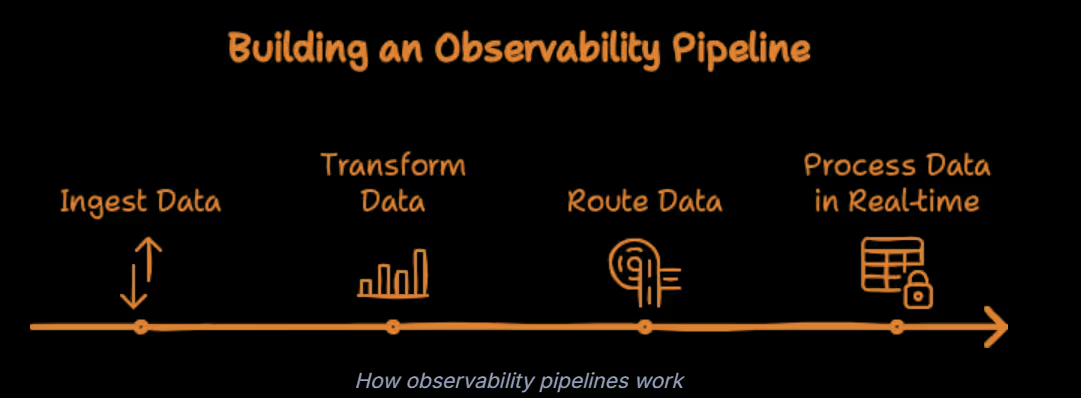
By controlling the data at this stage, organizations can significantly reduce unnecessary expenses.
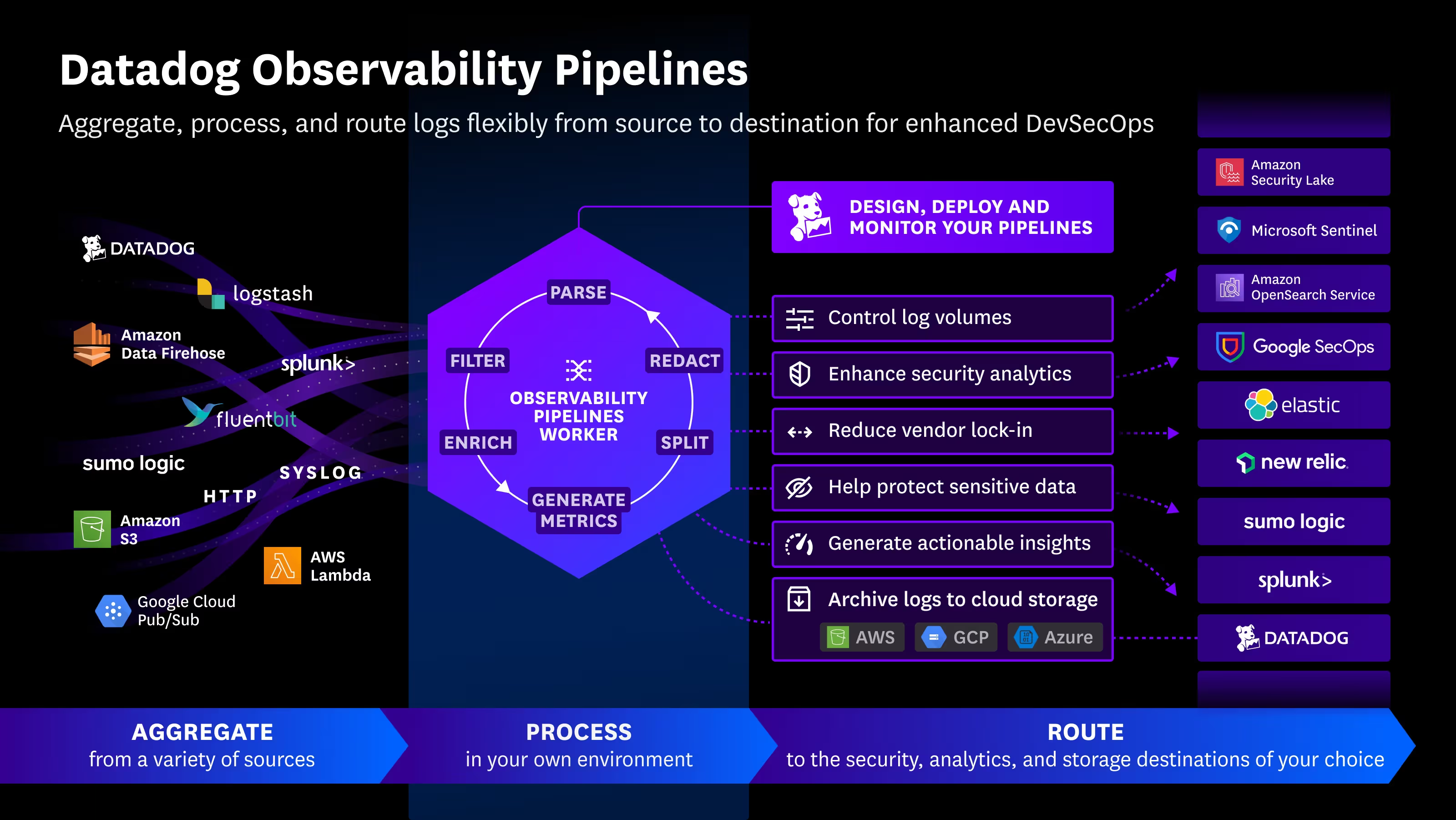
Example: Datadog Observability Pipeline
Key Benefits of an Observability Pipeline:
An observability pipeline allows you to decide which data to keep and which to discard. By filtering out irrelevant or low-value data, you can reduce the volume of telemetry data processed and stored, cutting down associated costs.
With an observability pipeline, you can make adjustments to data collection and routing without modifying application code. This flexibility ensures minimal disruption to your workflows while allowing for quick optimization.
Observability pipelines provide the ability to reroute telemetry data to different tools based on specific use cases. For example, critical metrics can be sent to high-priority monitoring tools, while less important logs can be stored in more cost-effective solutions.
How It Helps Reduce Costs:
Tools to Consider:
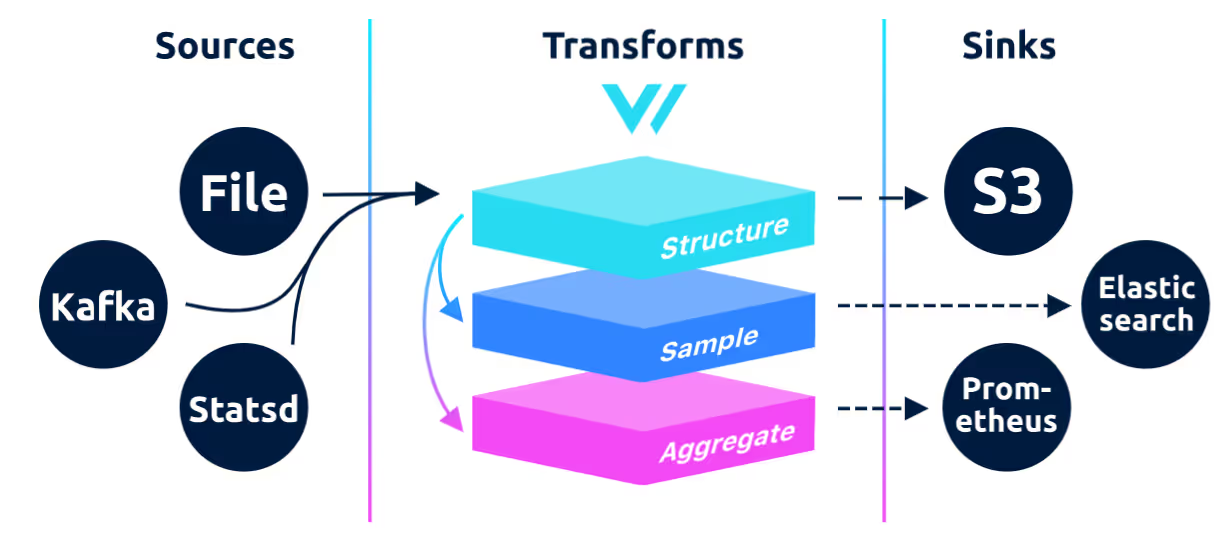
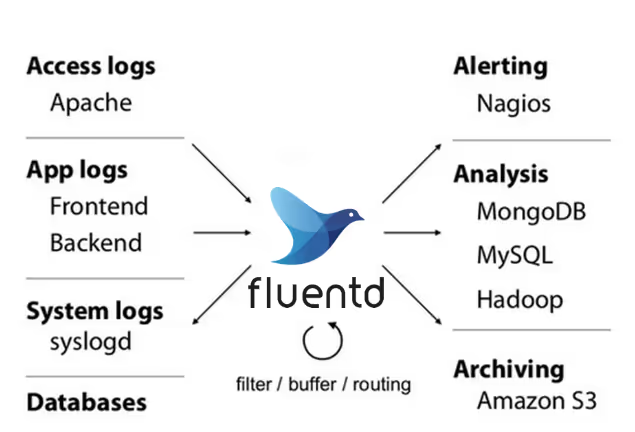
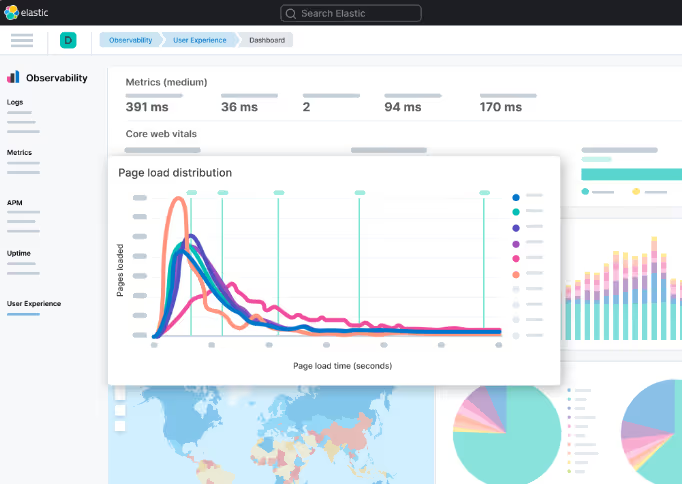
By implementing an observability pipeline, organizations can take control of their data flow, streamline observability costs, and ensure their tools remain efficient and scalable.
This approach strikes a balance between maintaining comprehensive observability and optimizing budget allocation.
To learn more about observability pipelines, read “ Understanding Observability Pipelines - A Practical Guide”.
Metric cardinality refers to the number of unique combinations of labels or dimensions associated with a metric.
While tracking high-cardinality metrics can provide detailed insights into system behavior, it can also significantly increase observability costs due to the sheer volume of data generated and stored.
For instance, if a metric descriptor includes labels for zone and color, and there are two distinct values for zone and three distinct values for color, the metric would have a cardinality of six. This is because there are six unique combinations of the label values, as illustrated in the diagram.
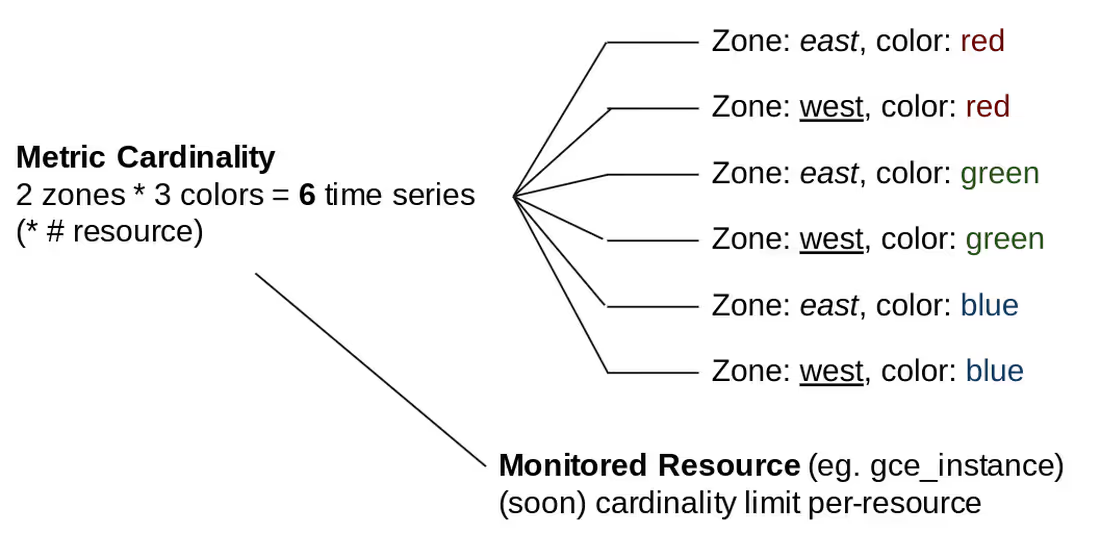
Why High Cardinality Increases Costs:
Strategies for Reducing Metric Cardinality:
How It Helps Reduce Costs:
Tools for Metric Management:
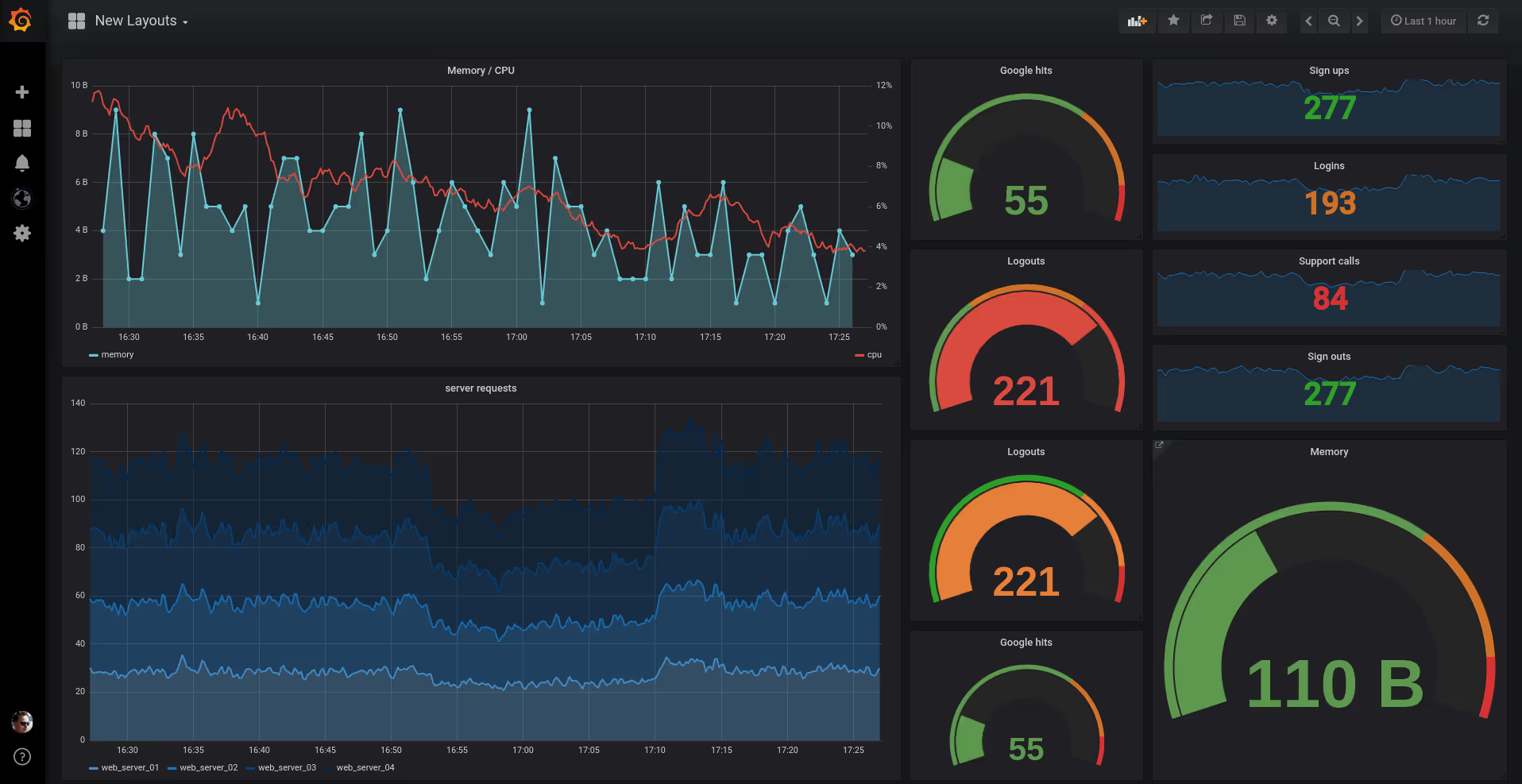
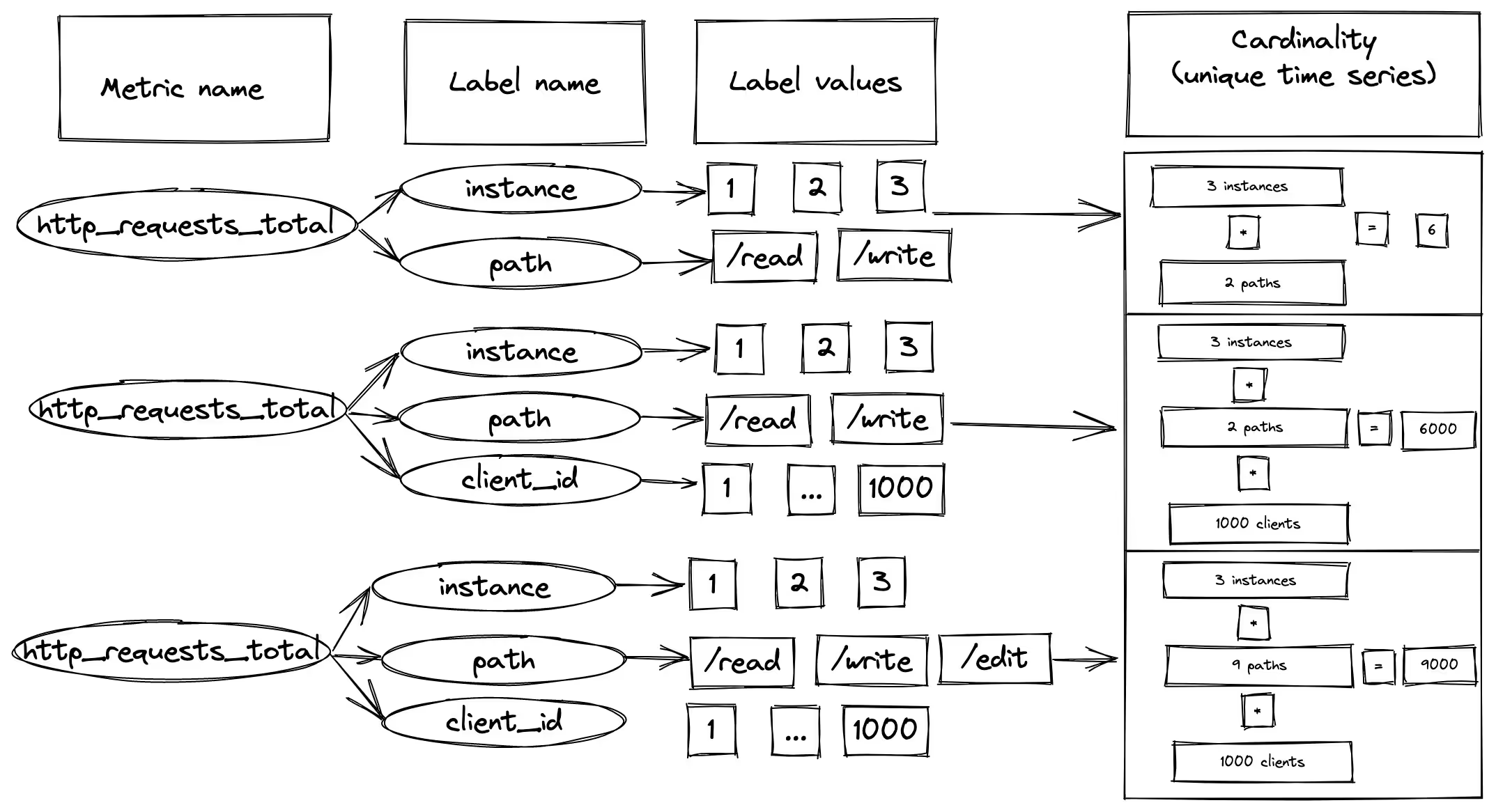
By actively reducing metric cardinality, organizations can achieve a balance between detailed observability and cost efficiency, ensuring that only the most valuable metrics are tracked and stored.
To learn more about what cardinality is, read this article: What is Cardinality? Cardinality Metrics for Monitoring and Observability
Logs are a critical part of observability, providing detailed insights into system behavior and events.
However, excessive logging or inappropriate log levels can lead to ballooning costs and storage inefficiencies. Optimizing log levels and managing log storage tiers can help reduce observability costs without compromising visibility.
Strategies for Improving Log Levels:
Benefits of Improving Log Levels:
Tools and Techniques for Log Management:

Image SourceWant to see this in action? Check out this video for a quick walkthrough!"
By improving log levels and strategically managing storage tiers, organizations can strike a balance between effective logging and cost control, ensuring observability remains both comprehensive and budget-friendly.
Wondering what’s Log Monitoring? Read this article!
Tracing is a critical component of observability, providing visibility into the flow of requests across distributed systems. However, without proper configuration, tracing can become a significant cost driver. Optimizing your tracing setup through tagging and provider negotiations can help reduce these costs while maintaining effective observability.
You can;
Benefits:
Cost Impact: By minimizing the volume of collected and stored trace data, businesses save on both data storage and compute costs associated with querying and analyzing traces.
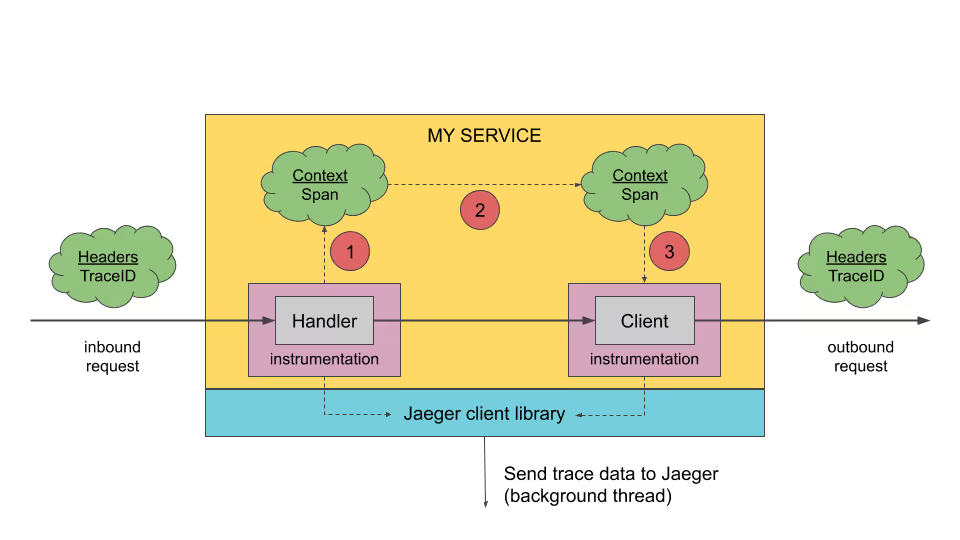
Read more here: Documentation
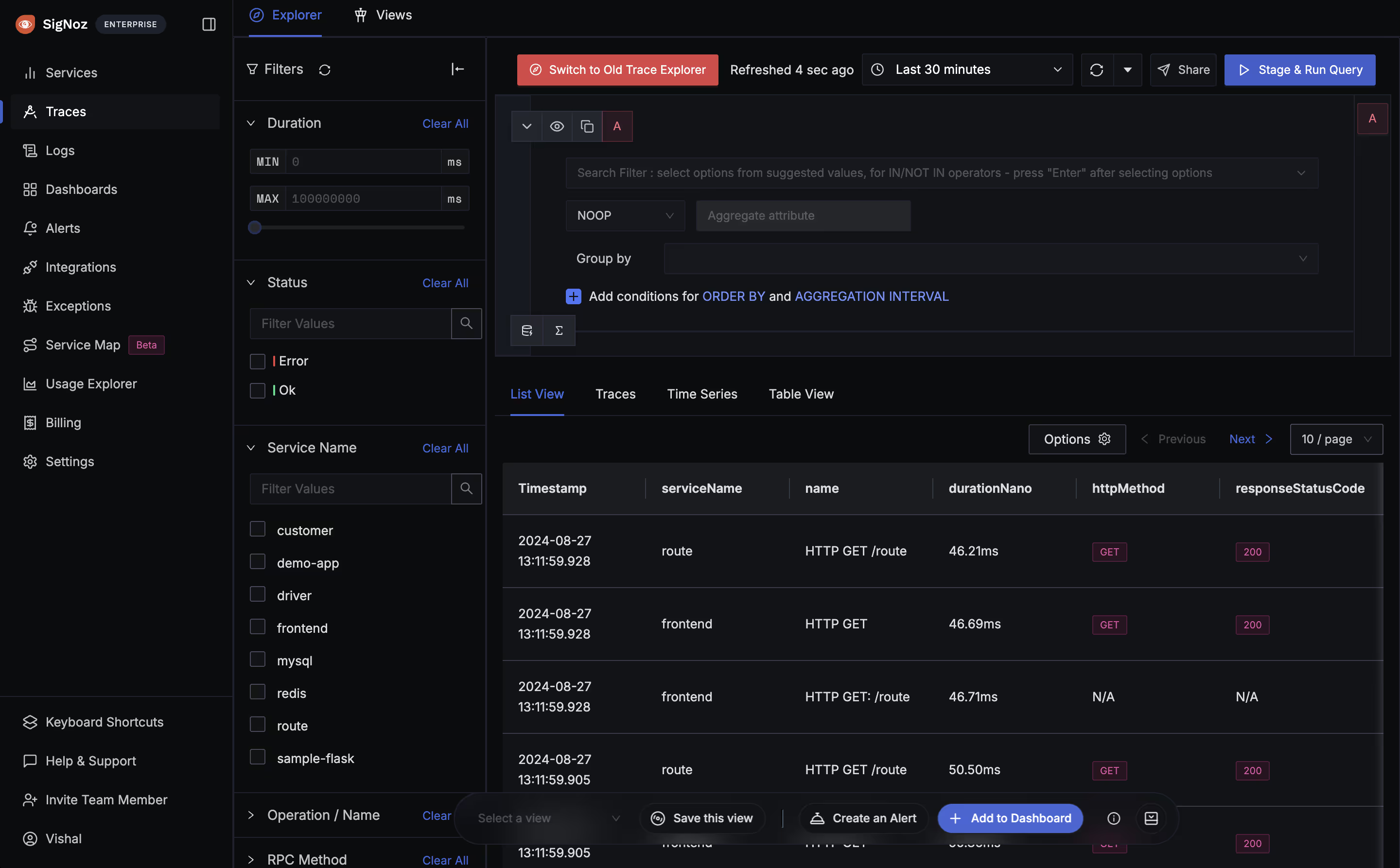
You can read more here: Documentation
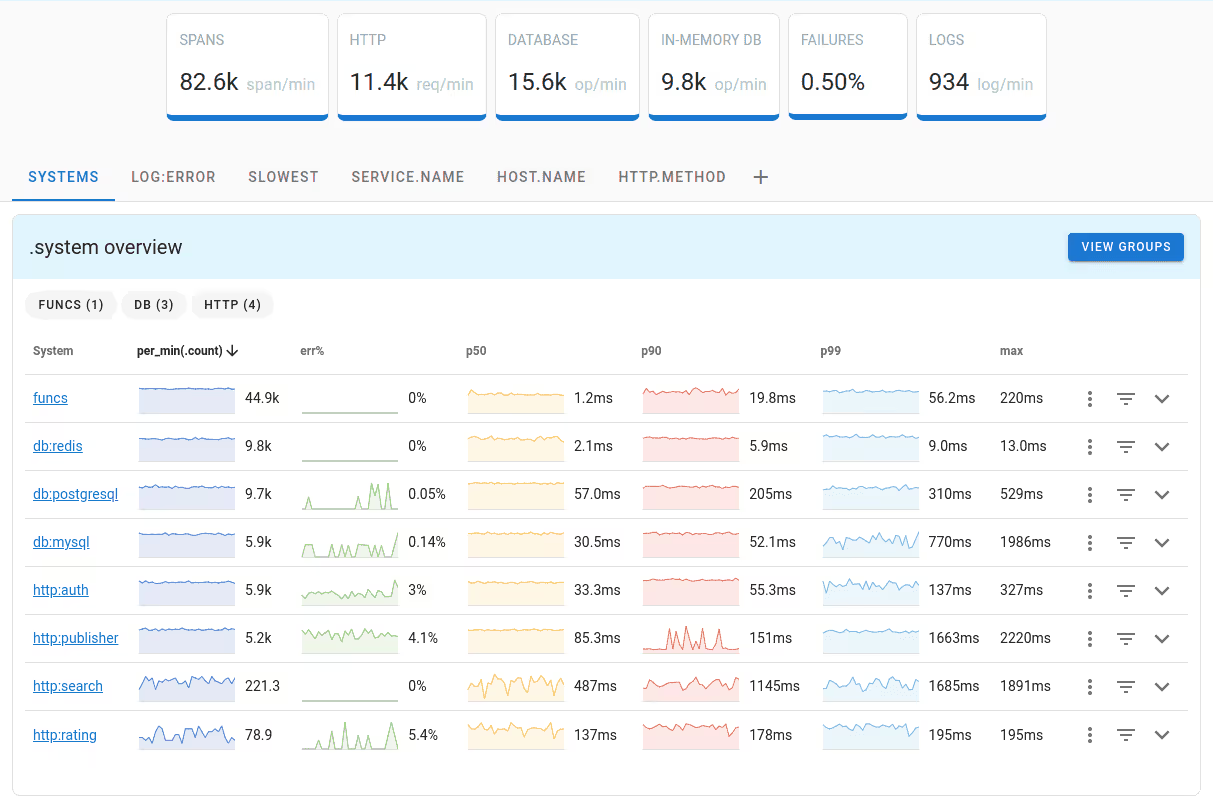
Read more here: Documentation
Tagging metrics, logs, and traces by team ownership is an effective strategy for optimizing costs and enhancing accountability. This approach allows teams to better manage their observability budgets and identify areas for improvement.
How can you do this? Here’s how;
Cost Impact: Tagging enables better tracking and management of observability expenses, encouraging teams to reduce unnecessary data generation and optimize resource utilization.
Suitable Tools:
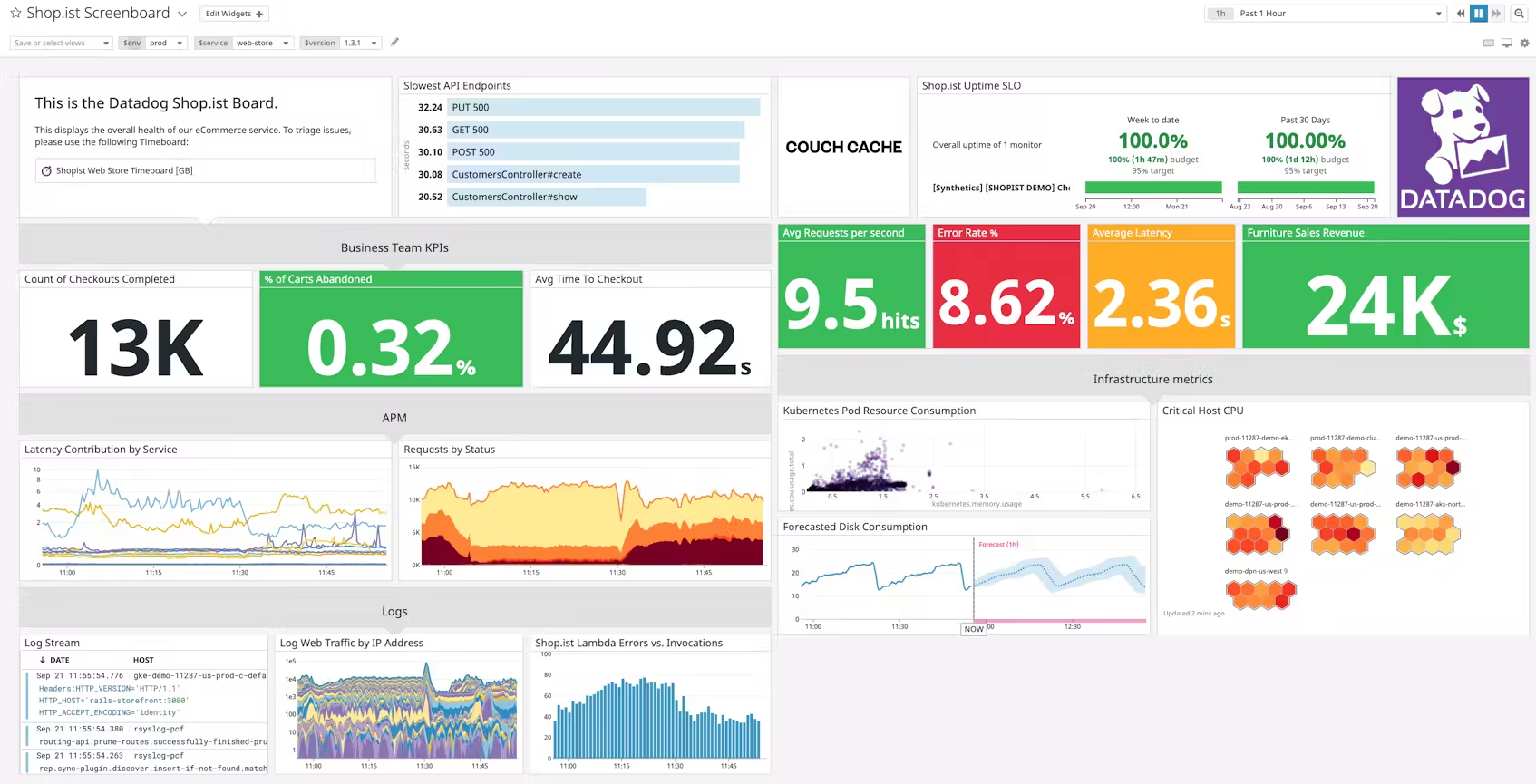
Image Source: Leverage unified service tagging to easily correlate infrastructure metrics with trace metrics and logs in a single dashboard.
For more Read: Documentation
GitHub: https://github.com/datadog
Also Read, “**How to Add Target-Specific Labels in Prometheus - A Guide”**
GitHub: https://github.com/prometheus/prometheus

Image Source: An Example of Metrics Query
Also Read, “Open source log monitoring: The concise guide to Grafana Loki” to know more about it.
Partnering with your observability providers strategically can lead to significant cost reductions. Engaging in proactive discussions about pricing, usage limits, and custom agreements can help you align observability tools with your budget.
You can do this by;
Cost Impact: Strategic negotiations lead to lower rates, customized pricing, and discounts, significantly reducing overall observability expenses without compromising on capabilities.
These strategies not only help reduce observability costs but also ensure your monitoring setup remains efficient, scalable, and aligned with business goals.
Achieving effective observability while managing costs is a delicate balance. Implementing strategies like optimizing data pipelines, reducing metric cardinality, improving log levels, and fine-tuning tracing configurations can significantly lower expenses.
However, even with these measures, the challenge of dealing with overwhelming data noise remains.
This is where Doctor Droid can make a difference. By intelligently filtering out unnecessary telemetry data, Doctor Droid helps you:
Doctor Droid doesn’t just reduce costs—it ensures your observability stack is both efficient and effective.
Take control of your observability expenses and system insights with Doctor Droid today.
Try Doctor Droid — your AI SRE that auto-triages alerts, debugs issues, and finds the root cause for you.
(Perfect for DevOps & SREs)

Install our free slack app for AI investigation that reduce alert noise - ship with fewer 2 AM pings
Everything you need to know about Doctor Droid
The main cost drivers include excessive data volume, high metric cardinality, inappropriate log levels, inefficient tracing configurations, and unoptimized data pipelines. These factors can lead to storing and processing more telemetry data than necessary, increasing your observability expenses.
Reduce metric cardinality by limiting high-cardinality labels, using sampling for high-volume metrics, implementing metric naming conventions, and periodically auditing your metrics. These practices help decrease the number of time series stored and processed, directly impacting storage and computation costs.
Optimize log levels by implementing dynamic logging that adjusts verbosity based on context, using appropriate severity levels, sampling debug logs in production, and setting up log rotation policies. This ensures you capture necessary information while minimizing storage and processing requirements.
Tracing can significantly impact costs due to its data-intensive nature. Optimize by implementing head-based sampling, using attribute filtering to limit span data, setting appropriate sampling rates, and employing adaptive sampling strategies that adjust based on system conditions and trace importance.
Optimize data pipelines by implementing data aggregation at collection points, using buffering and batching for efficient transmission, compressing telemetry data before storage, and setting up effective data retention policies that balance historical needs with cost considerations.
Balance observability and costs by focusing on collecting data that provides actionable insights, implementing strategic sampling, using tiered storage approaches, automating data lifecycle management, and regularly reviewing and optimizing your observability strategy as your systems evolve.
Doctor Droid is a solution that intelligently filters unnecessary telemetry data, helping you reduce noise while maintaining effective observability. It streamlines observability pipelines by prioritizing critical metrics, logs, and traces, and provides automated response workflows to resolve incidents faster—ultimately making your observability stack both cost-efficient and effective.
Quick wins include auditing and removing unused metrics, implementing basic sampling for high-volume data, adjusting log levels in production environments, setting stricter retention policies for non-critical data, and consolidating similar metrics to reduce overall cardinality.
Dr. Droid can be self-hosted or run in our secure cloud setup. We are very conscious of the security aspects of the platform. Read more about security & privacy in our platform here.
Dr. Droid can be self-hosted or run in our secure cloud setup. We are very conscious of the security aspects of the platform. Read more about security & privacy in our platform here.


